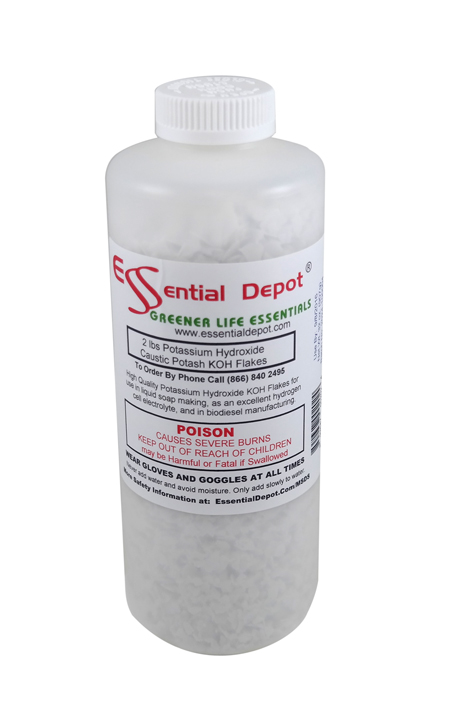Thanks for the in depth discussion of your peristaltic pumps and controllers. I very much want to do as you've done.
It's not that hard really. I think it probably took me a day to build everything, mix up all the solutions, and set up and program? The cart itself is 4' long by 39" tall (not including the wheels below) and 13" wide. There is I think 19" between bottom and top shelf. This would allow me to put on 6 5 gallon buckets comfortably. (I could probably squeeze in 8 as it is if not for the ORP pump taking up space on the bottom shelf)
I actually just built two sides of the frame with 2x3s and they're held together by the plywood.
I forgot to mention. The peristaltic pumps come with a plastic rectangle that they snap into, then on each of the four corners it has a hole for a mounting screw. I cut a rectangle out of one side end of the plywood so the motor portion of the pump could fit through and then flush mounted it on one side.
Roots prefer temps between 60 and 75F. Out of that range is asking for trouble; below, metabolic issues, above lack of aeration/root rot incubation.
The lack of aeration is because in say, DWC, the oxygen content of water decreases at higher temperatures.
This would not be an issue with aeroponics as the water droplets are so small the air actually "wraps" around them and results in much more efficient delivery of water and nutrients to the roots. Plants have been found to grow best with 1500ppm of CO2 and 21% oxygen in the root zone. That's ambient oxygen and elevated CO2. Albeit I admit by raising CO2 I do lower the relative % oxygen a bit.
The root rot is caused by bacteria, which grows faster at higher temperatures. Keeping the temperatures low serves the same purpose as your refrigerator - the bacteria can't reproduce as fast at lower temperatures.
This also isn't an issue because of the ORP controller. At 700mV almost all bacteria is killed instantly. Due to this I will need to ensure adequate amounts of nutrients as there's no "fixating" bacteria to help. This is fine since when you deliver adequate nutrients the normally "beneficial bacteria" have been shown to be parasitic.
The issues I really have to keep any eye on is the total chlorine. I actually ran this res for a few days prior to hooking up the ORP controller so once I did it had to kill a bunch of bacteria, higher than 20ppm is detrimental to the plants. I've killed seedlings by using HCl in hard water as a pH down because of this. I have a total chlorine test to periodically measure the levels, once it gets too high I will change reservoir for the water I mentioned in my first post which has been RO and UV filtered.
“In our experiments an increase in the root temperature of tomatoes and lettuce has always produced an increase in growth. In tomatoes the response curve shows a broad optimum in the region 25–30°C. The greater growth is associated with a larger leaf area and total dry matter production, increased length of the root system (but not necessarily the dry weight of the roots) and the absorption of larger amounts of N, P and K. The rate of transpiration is also increased at higher root temperatures. There is a reduction in the size of the root cortex and the formation of larger xylem vessels in the warmer roots.”-ISHS Acta Horticulturae 98: Symposium on Research on Recirculating Water Culture J. Moorby, C.J. Graves
I will admit the majority of papers I've read favor the higher root zone temperatures. It seems to be a more complicated issue with dicots such as MJ than with monocots though. I guess that's part of the reason why this is "uncharted territory"
I did lose a few clones prior to placement in the table because I'm lazy and let them dry out, some of the ones in the table are actually still a little stressed because of this but hopefully will perk right back up and take off growing.


















 . The girls, we'll call them Anastasia Steele. Me, I'm Christian Grey.
. The girls, we'll call them Anastasia Steele. Me, I'm Christian Grey. 


